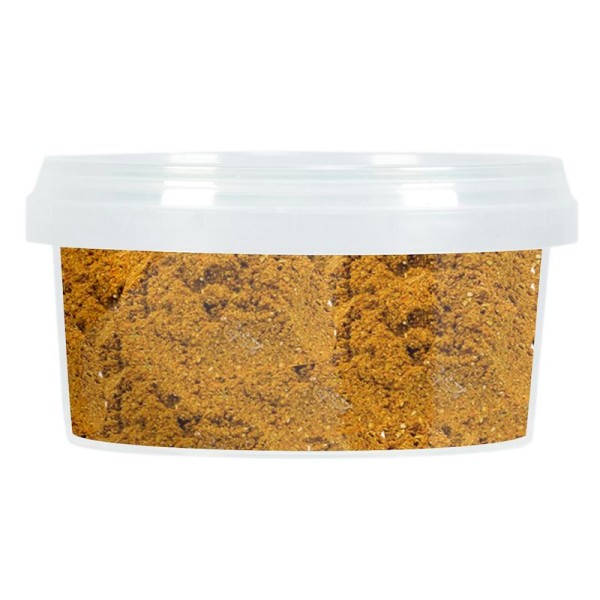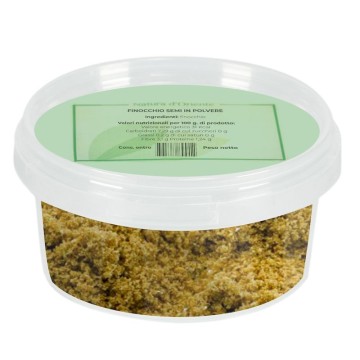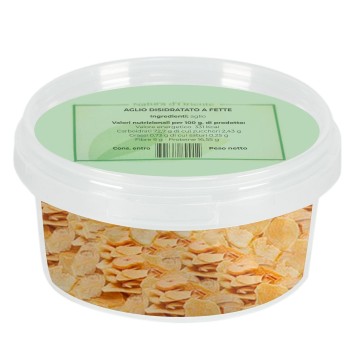Nasi Goreng is a typical Indonesian dish based on fried rice, also known as fried rice – its literal translation! It is a tasty dish, which requires a particular rice for its preparation, and a mixture of dried spices to enhance it. Nasi Goreng is usually distinguished from other Asian rice recipes, and especially fried rice, by its aromatic, pungent and smoky flavor. In the East, in the Indonesian tradition from which it comes, it is traditionally served for breakfast, and was often made with leftover rice from the night before.
Even today this typical spicy fried rice is the unofficial national dish of Indonesia, very popular, even if there is no specific recipe of ingredients to make Nasi Goreng. The rice-based preparation allows for great flexibility in the elements. Indonesian cooks can make use of any ingredient available in the refrigerator at that moment to combine it with leftover rice and create a delicious Nasi Goreng.
Usually, eggs, vegetables, a little meat or other usual additions are used, ranging up to fish sauce and Chinese red wine for cooking.
The central point is given by the mixture of Nasi Goreng spices, finely ground, rich in flavour, to be combined with shallots and garlic. In our case, we chose an explosive mixture of: onion, coriander, pepper, paprika, turmeric, nutmeg, cajenne pepper, allspice, coriander leaves, fennel, lemongrass, mustard seeds, cardamom, fennel, cinnamon, nails clove, star anise, basil, rock salt, cane sugar.
Thanks to the variable ingredients, it is a complex dish that arouses different flavor sensations on the palate: sweet, spicy, sour, slightly pungent... The spices that we offer in our Nasi Goreng mix become the source of the delight of this recipe .
How to use spices to prepare Nasi Goreng
In the original recipe, the pre-cooked rice is quickly sautéed with a little oil, sliced shallots, garlic, chilli pepper and other spices. It is also cooked together with eggs, chicken parts or prawns flavored with a little sweet soy sauce. Another version is made using dried salted fish.
In a wok with oil heated over medium-high heat, add the garlic until golden, and then the spicy preparation, which is quickly fried until aromatic. At this stage, finely diced shallots and vegetables, parts of already boiled chicken or meat can be added to be fried. Some add eggs, letting them fry before adding the spices. After about a minute, the already cooked rice is added to the fried ingredients, mixed so that all the flavors are absorbed.
Indonesian sweet soy sauce is added later, on the finished dish. Once all the flavors have blended, the Nasi Goreng is placed on plates, topped with a fried egg before serving. Many people use the Nasi Goreng spice blend to make sambal paste, which is an Indonesian spicy sauce or paste made with chili peppers and secondary ingredients.
In this case, you can mix the Nasi Goreng spice blend with an equal amount of water. Add a teaspoon of oil and mix until everything is combined. In the final stage, soy sauce or ketjap manis (a similar but sweeter condiment, with a thick consistency) or terasi (Indonesian shrimp paste) is added; everything to mix for another minute. As for the rice, it is recommended to cook it the night before, in boiling water, drain it and then leave it on a damp cloth for at least 5 minutes.
Crush it lightly with a fork to make it softer, then spread it on a baking tray and put it in the fridge overnight. We recommend Jasmine or Basmati or Patna rice with long, thin grains. The tasty mix for Nasi Goreng can also be used for the preparation of other vegetarian dishes such as vegetables, a legume stew, soups, bean condiments, rice recipes, etc. Thanks to this blend of spices and herbs, you will discover a new world of flavors to amplify your recipes.
Origins and History of Nasi Goreng
This recipe may have its roots in Chinese fried rice, with enough evidence to claim a connection to Indonesian cuisine. The Chinese frying technique has been adopted by Malaysian and Indonesian cuisines, in the specialties of Mie Goreng and Nasi Goreng. This fusion of recipes may have occurred between the 10th and 15th centuries, when trade between the Indonesian islands and China was flourishing.
Chinese immigrants introduced their own cuisine, using already cooked rice in creative ways to produce new dishes the following day, including Nasi Goreng.
Indonesians embraced the Chinese tradition based on the belief that it is a sin to waste food. The fact that it is eaten for breakfast derives from this practical need to use the rice left over from the previous day.
The most obvious difference between Indonesian fried rice and its Chinese or Asian equivalents is the use of bolder, spicier flavors, like our Nasi Goreng spice mix. In addition to the fact that the typical Indonesian sweet soy sauce is used, also in the variations of ketjap manis (Indonesian soy sauce) and sambal terasi (Indonesian shrimp paste). The use of fried shallots also gives a crunchy and distinctive quality to the dish.
Over the centuries there have been many variations of Nasi Goreng, obviously, in a country made up of thousands of islands (nasi goreng with chicken, mutton, fish, etc.). The spice blend for Nasi Goreng, also with local variations, gives the dish a delicious, warming sweetness. Aromas reminiscent of Balinese cuisine where pepper, nutmeg, lemongrass, chili peppers and palm sugar are used.
The fact of using already cooked rice for frying depends on the fact that in ancient oriental experience, it is known that cooked rice dries out, fries faster and the grains are less likely to stick together.< /p>
Even rice spread out on a tray to cool for a few hours can be fine. Since, for lovers of perfection, day-old rice becomes crispier, but has a tendency to become tough and chewier in a hot wok.
Nasi Goreng spices: side effects and contraindications
The spices for the Indonesian fried rice recipe must be added to the dish without exceeding. In particular, the spicy spice mix can cause disorders related to gastrointestinal irritation and ulcers, or irritation of the urinary system. Spicy mixtures, if taken in excess, can worsen inflammatory conditions and cause burning reactions on the palate, stomach irritation, diarrhea, irritation of the mucous membranes. It is essential to evaluate the individual ingredients of the Nasi Goreng mix, identifying those already known for possible allergic reactions. Due to possible irritations, caution is advised when taking spices for pregnant and breastfeeding women.









 No reward points for this product.
No reward points for this product.















